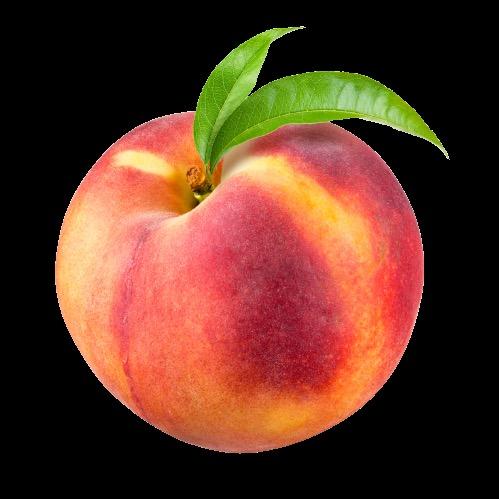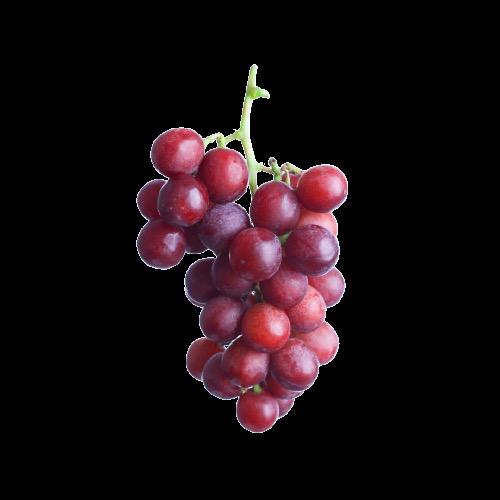

Wake County Public School System
Teaching Kids the Importance of Health & Wellness










Child Nutrition Services contributes to all Wake County Public School System students' academic achievement by providing nutritious meals with quality service at an affordable price.
Wake County Public School System’s Child Nutrition Services is proud to be participating in Wellness Wednesdays serving healthy foods & prompting the importance of nutrition education!


Peaches | Rice| Seafood | Pumpkins | Eggs | Milk






Peaches


Peaches are a type of stone fruit - a fleshy fruit that contains a hard “pit” inside.
Peaches come in two main categories – clingstone & freestone.
There are over 300 varieties of peaches.


Freestone peaches are the most common.


Once pollinated, peaches take 3-5 months to reach harvesting point.
“Persian plum”


Peach trees can produce fruit for 12 years.
1 peach tree can produce up to 66 pounds of fruit each year.
Peaches are in peak season from June - the end of August.

Peach trees usually grow to be around 25 feet tall.

Vitamin A



Vitamin A supports good vision, growth & immunity

Vitamin A helps see better at night more vivid colors during the day




How far can you read down this eye chart?


Vitamin A has antioxidant properties.
Vitamin A can help speed up the healing process of cuts & scraps.
Vitamin A supports the immune system to fight off infections.
Vitamin A is a fat-soluble vitamin.
Vitamin A is a fat-soluble vitamin – which means it absorbs better into the body when eaten with foods with some fat like avocados!
Rice


Rice is a type of starchy grain.

Most rice is grown underwater in paddies.

Rice is grown on approximately 2.8 million acres of land across the U.S.
Rice is a staple half of the world’s population. Rice is one of the MOST laborintensive crops.

Over 40,000 types of rice.


brown rice that has been polished of its outer bran layer.
Steps to harvesting rice: cutting, stacking threshing, cleaning

Rice plants can grow up to 6 feet

Carbohydrates





The body cannot make carbohydrates on its own - it has to come from food, like rice!

Carbohydrates support the nervous the system that helps all parts of the body communicate with each other.
Carbohydrates are also commonly
Carbohydrates improve health supporting good moods, memory power and concentration.

Carbohydrates are classified into



Seafood



Seafood is a type of animal protein like meat, poultry & eggs.
Seafood includes all freshwater fish, molluscan shellfish, and crustaceans.
Some of the most common types of seafood include shrimp, salmon, cod, tuna
The U.S. produces over $11,000,000,000 worth of seafood each year.
There are around 80,000 people employed in the fishing industry in the U.S.





The harvesting/collecting of seafood is called
Seafood is VERY GOOD for you!

Shrimp & salmon are the most eaten types of seafood in the U.S.



Protein


Protein builds, maintains and replaces the tissues in the body.
Protein helps to transport & nutrients throughout the body.
18 - 20% of the body is protein.

EVERY cell in the human body contains protein.

The body cannot store protein long term… which is why protein needs to be consumed daily.

Protein plays a big role in building and repairing muscles.
Protein is a MACRONURIENT . A macronutrient is a nutrient that the body needs in LARGE


Protein helps maintain fluid balance throughout the body.


Pumpkins



Pumpkins are a type of winter squash

The U.S. produces over 1.5 BILLION pounds of pumpkins each year.
Pumpkins are a type of fruit because they grow on vines & have seeds. Pumpkins are related to melons.
45+ varieties of pumpkins. Pumpkins are 90% water.
Pumpkins range in color from red, yellow, green & orange!



“Large melon”


Potassium


Potassium supports balancing fluid in the body & proper function of the muscles and nerves.

Once potassium enters the body, it functions as an electrolyte.
Helps to keep the body hydrated!

Electrolytes help balance the amount of water in the body.

FUN FACT:
The body is made up of approximately

Potassium is the THIRD most abundant mineral in the body.
Potassium helps promote bone health.
Potassium helps to regulate muscle contractions.

98% of the body’s potassium is found it its cells.

Many runners eat foods high in potassium before a run to prevent muscle cramps


Eggs are a type of animal protein like seafood, meat & poultry.

Eat FARM FRESH eggs!
Components of an Egg:
1. Eggshell
2. Egg White (Albumen)
3. Egg Yolk (Vitellus)
Eggs with brown shells come from larger hens.
One hen can lay around 250 eggs per year.



An eggs shell and yolk color do not affect the taste or quality of the egg.
Eggshells in stores are commonly white brown, but they can also be blue, green or pink
Breed of hen determines the shell color.


B Vitamins


B Vitamins help support the body’s energy levels, brain function & cell metabolism
essential B vitamins:
Vitamin B1, Vitamin B2, Vitamin B3, Vitamin B5,

Vitamin B6, Vitamin B7, Vitamin B9 & Vitamin B12.
Water is needed to help the body absorb B vitamins.

In-Vitamin!



B5, B12, C and E knock on your door…what do you do? blood cells.
B vitamins helps the body make energy from food.
B vitamins plays a role in serotonin production.
The body cannot store most B vitamins, so they need to be regularly consumed.
Serotonin makes us feel happy

Milk



Milk is a type of dairy product –most commonly made from cows.
1. Ayrshire
2. Brown Swiss
3. Guernsey
4. Holstein
5. Jersey
1 cow produces around 6 gallons of milk/day.
1 serving milk contains 13 essential nutrients


Milking Shorthorn

Holstein cows all have a unique pattern of spots! have dairy farms!
The reason milk is white is because it contains “casein” - a type of protein.


The U.S. produces ~227 BILLION pounds of milk each year.

Milk is the source of ALL dairy products!


Calcium



Calcium supports healthy bones & teeth as well as proper blood & muscle function

Calcium is the 5th most abundant chemical element in the Earth’s crust.

Calcium helps keep muscles

99% of the body’s calcium is stored in the bones.


Calcium also supports 1% is found in the blood, muscles & other tissues.
Calcium helps to heal cuts & wounds.

Calcium helps form bones and teeth and keep them healthy.
Calcium is the MOST abundant mineral in the human body.



























